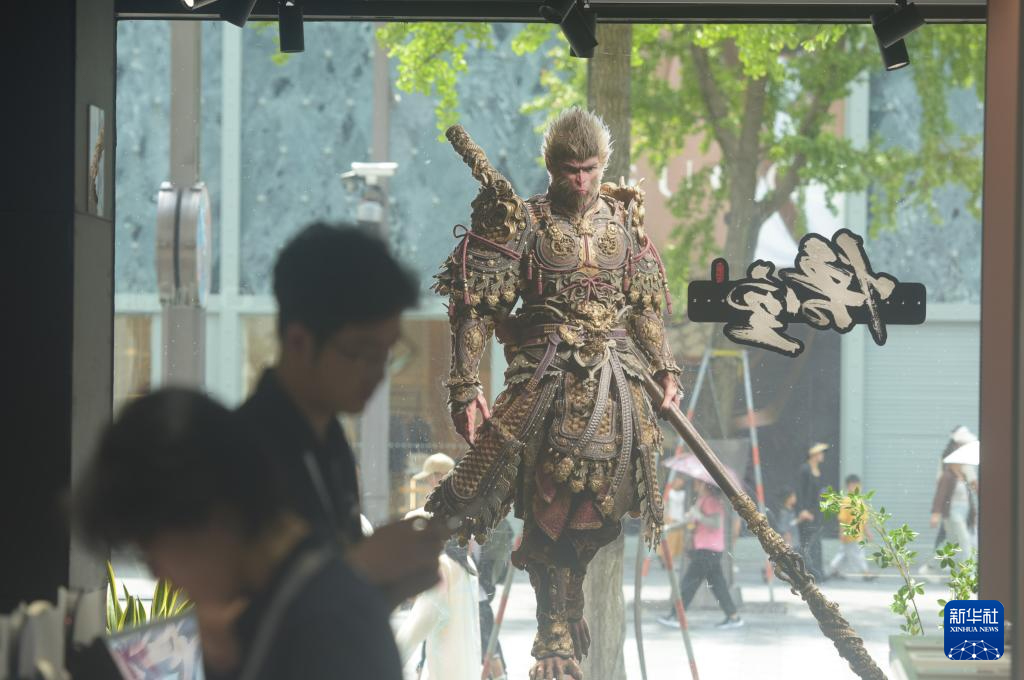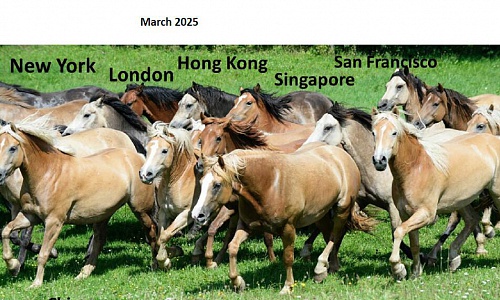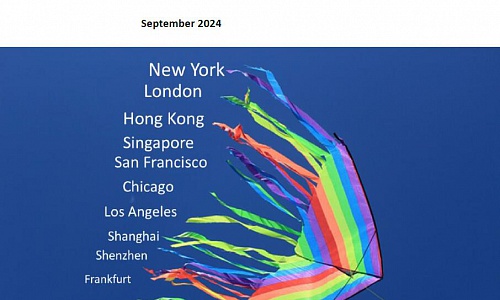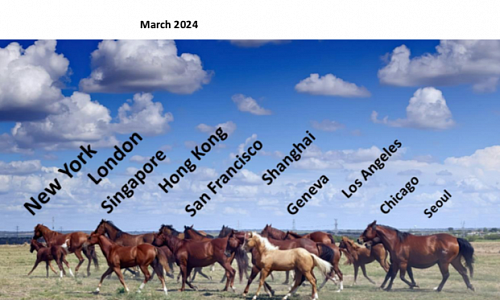
Date: August 27, 2024
Author: Mr. MING Liang, Research Fellow, Institute of Urbanization, CDI
In 2024, the Chinese AAA game Black Myth: Wukong debuted spectacularly, swiftly becoming a trending topic and a "top influencer." Inspired by the Chinese literary classic Journey to the West, this game has indeed created a “black myth,” achieving dual success in both critical acclaim and sales. The wide-ranging discussions it has sparked primarily revolve around the following three aspects:
1.Black Myth: Wukong Sets a Benchmark for High-Quality AAA Games in China
Domestic developers rarely ventured into AAA game territory owing to high costs, lengthy development cycles, and competitive threats. The launch of Black Myth: Wukong has altered this landscape. The game has gained widespread acclaim from players both domestically and internationally due to its top-notch character design, narrative structure, special effects, scene rendering, and voice acting. It has not only dominated sales charts in many countries and regions but has also become the first Chinese game to break into Steam’s top ten concurrent player rankings, ushering in a new era for China's gaming industry in the international arena.
2.Black Myth: Wukong’s Creative Team Embodies Both Idealism and Pragmatism
This monumental game was not created by a major corporation but rather the culmination of six years of dedicated effort by a small-to-medium tech company. The team balanced their aspiration to develop high-quality single-player games with the need for financial stability, which was provided by revenue from mobile game ventures. They achieved collaborative synergy by forming project teams in both the Guangdong-Hongkong-Macao Greater Bay Area and the Yangtze River Delta, bringing “Wukong’s black myth” to life.
3.Black Myth: Wukong Offers Fresh Perspectives on the Next Wave of “Cultural Export”
Video games are not just cultural carriers but also powerful channels for dissemination. The creators of Black Myth: Wukong seamlessly blended the “81 tribulations” from Journey to the West into the gameplay while digitally reconstructing 31 iconic landmarks from 12 provinces and cities across China with meticulous 1:1 accuracy. These endeavors vividly showcase the charm of traditional Chinese landscapes and the elegance of Oriental aesthetics, offering international players a rich and immersive experience of Chinese culture that transcends the story.
Beyond its Achievements: Reflections and Lessons
1.International Competition in Gaming is a Grueling Long Game
Similar to Wukong’s journey through the “81 tribulations,” the gaming industry demands constant innovation and refinement to maintain player engagement and loyalty. The game has achieved a remarkable debut, but the road ahead is challenging. Competing with global frontrunners requires extraordinary creativity, substantial investment, and continuous product optimization with operational excellence. While the game’s creators have received significant acclaim, they have also acknowledged criticisms, indicating areas for improvement. The considerable scrutiny and lofty expectations associated with the game serve as a “Sword of Damocles” over the team, signifying that this is only the “first level” of their journey. Many more “demons and monsters” lie in wait, making the journey ahead as arduous as it is promising.
2.Games, as a Vital Component of “Cultural Export,” Must Work in Tandem with Other Channels
As a blend of technology and creativity, Black Myth: Wukong offers a visually and audibly compelling introduction to Chinese culture. However, it still falls short of promoting regular and effective cross-cultural interactions. From the perspective of international communication practices, “cultural export” is a long-term, systematic endeavor that necessitates leveraging various cultural carriers and channels to establish a massive, effective matrix. Among these, the popularity of learning Chinese as a second language serves as a key indicator. As global interest in Chinese cultural symbols grows, the emergence of Chinese language education as a trend will be crucial in this new wave of “cultural export.” Nevertheless, “cultural export” has already set sail; the journey westward is poised to reach its destination.
3.Social Attributes of Games Call for a Balance of Multiple Factors
As a form of entertainment that encourages emotional and psychological engagement, video games not only generate substantial economic and commercial value but are also inherently constrained by laws, policies, cultural traditions, and ethical norms of different countries. As a unique cultural industry, the gaming sector has its own strengths and shortcomings. Policymakers should refrain from both excessive suppression and short-sighted “rush tactics.” Instead, they must strike an optimal balance between economic, social, and cultural dimensions.








